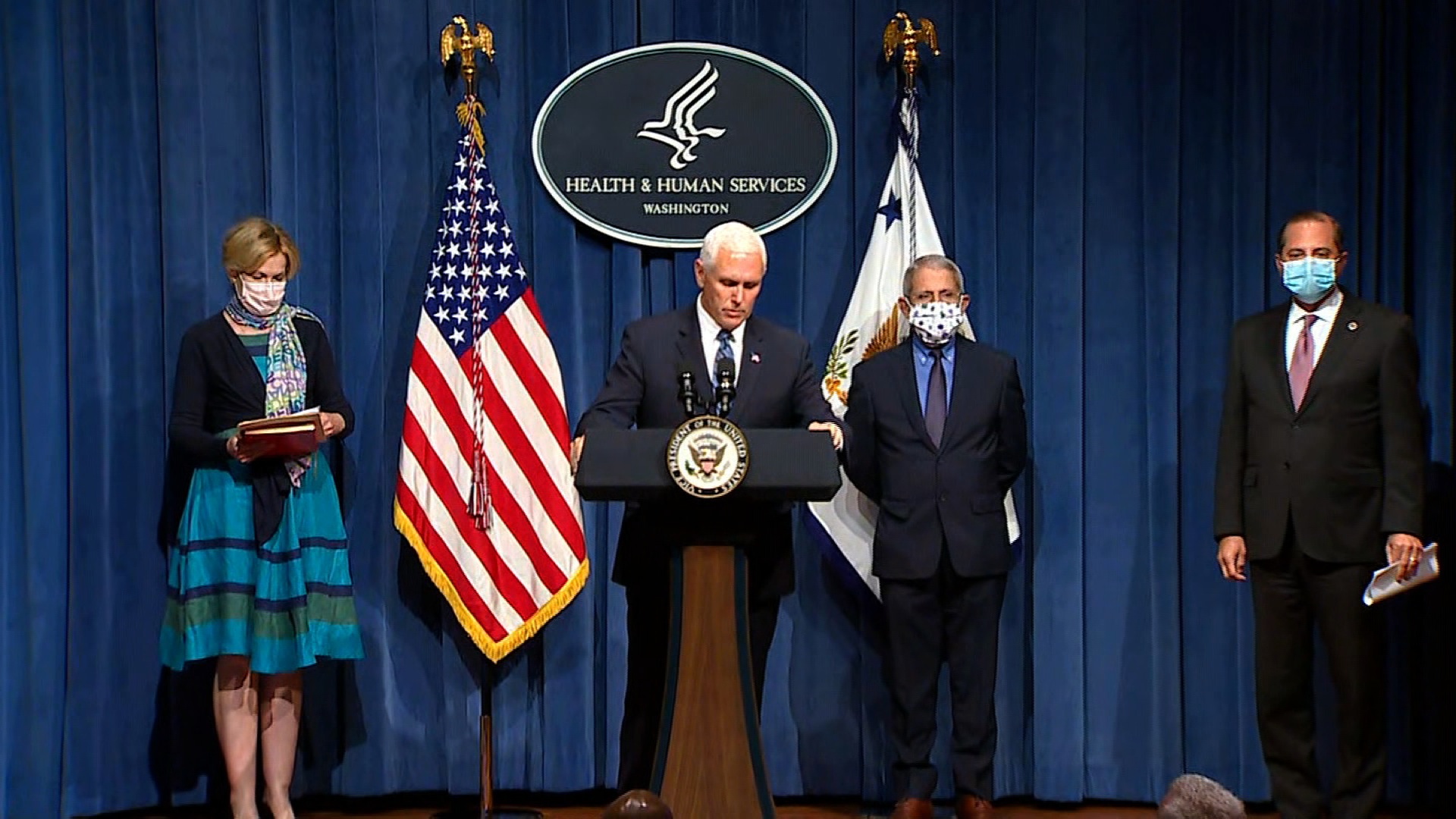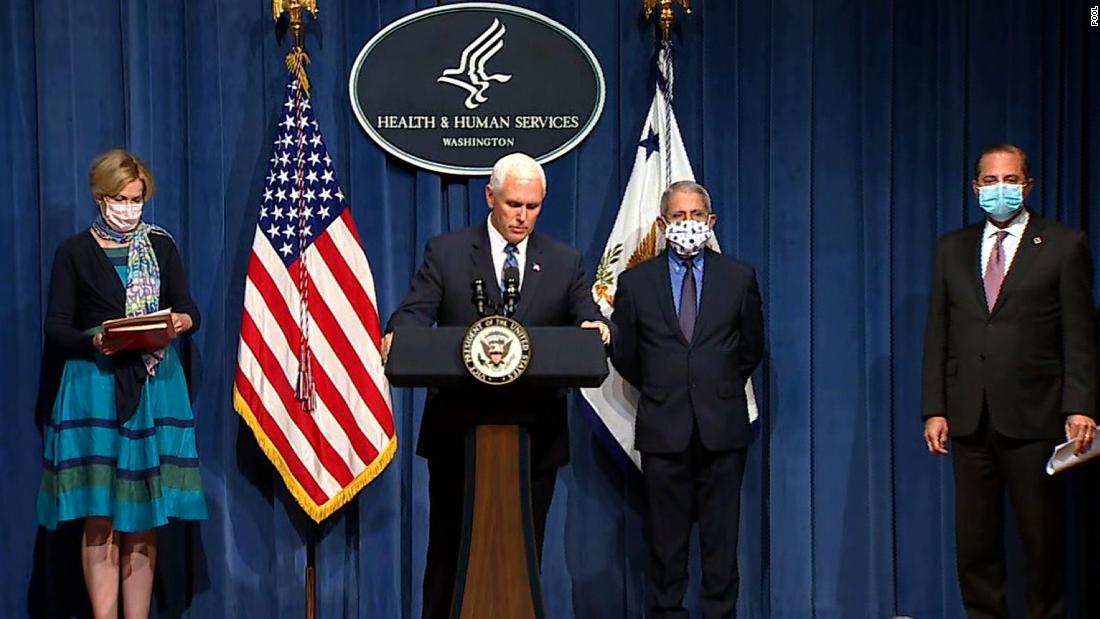Several members feel that the CDC hasn’t handled testing well from the beginning, a source says

A real divide has developed among the White House coronavirus task force over the issue of testing, a source close to the group told CNN.
Several members of the task force feel that the Centers for Disease Control and Prevention hasn’t handled testing well from the beginning. They say it is “unbelievable” that there still isn’t a widespread testing program available, such as antigen testing, the type of technology often referred to as a rapid flu test.
The source also mentioned the need for “pooled testing,” a method of testing that can scale up and test much larger numbers of people.
Testing has been an issue throughout the handling of the pandemic. The CDC’s initial test, given to public health labs, did not work and resulted in a lag in getting tests out to public health departments. As far back as two months ago, Dr. Deborah Birx, the White House coronavirus response coordinator, said that the US needed a “breakthrough” in testing to help screen large numbers of people.
Birx said on NBC’s “Meet the Press” on April 26 that “we have to be able to detect antigen, rather than constantly trying to detect the actual live virus, or the viral particles itself.”
How pooled testing works: “Pooling refers to a testing technique in which allows a lab to mix several samples together in a ‘batch’ or pooled sample and then test the pooled sample with a diagnostic test. For example, four samples may be tested together, using only the resources needed for a single test,” Dr. Jeffrey Shuren, director of the Center for Devices and Radiological Health at the US Food and Drug Administration, said in a written statement last week.
“If the pooled sample is negative, it can be deduced that all patients were negative. If the pooled sample comes back positive, then each sample needs to be tested individually to find out which was positive,” Shuren said. “Because samples are pooled together, ultimately fewer tests are run overall, meaning fewer testing supplies are used, and results can be returned to patients more quickly in most cases.”
![]()


